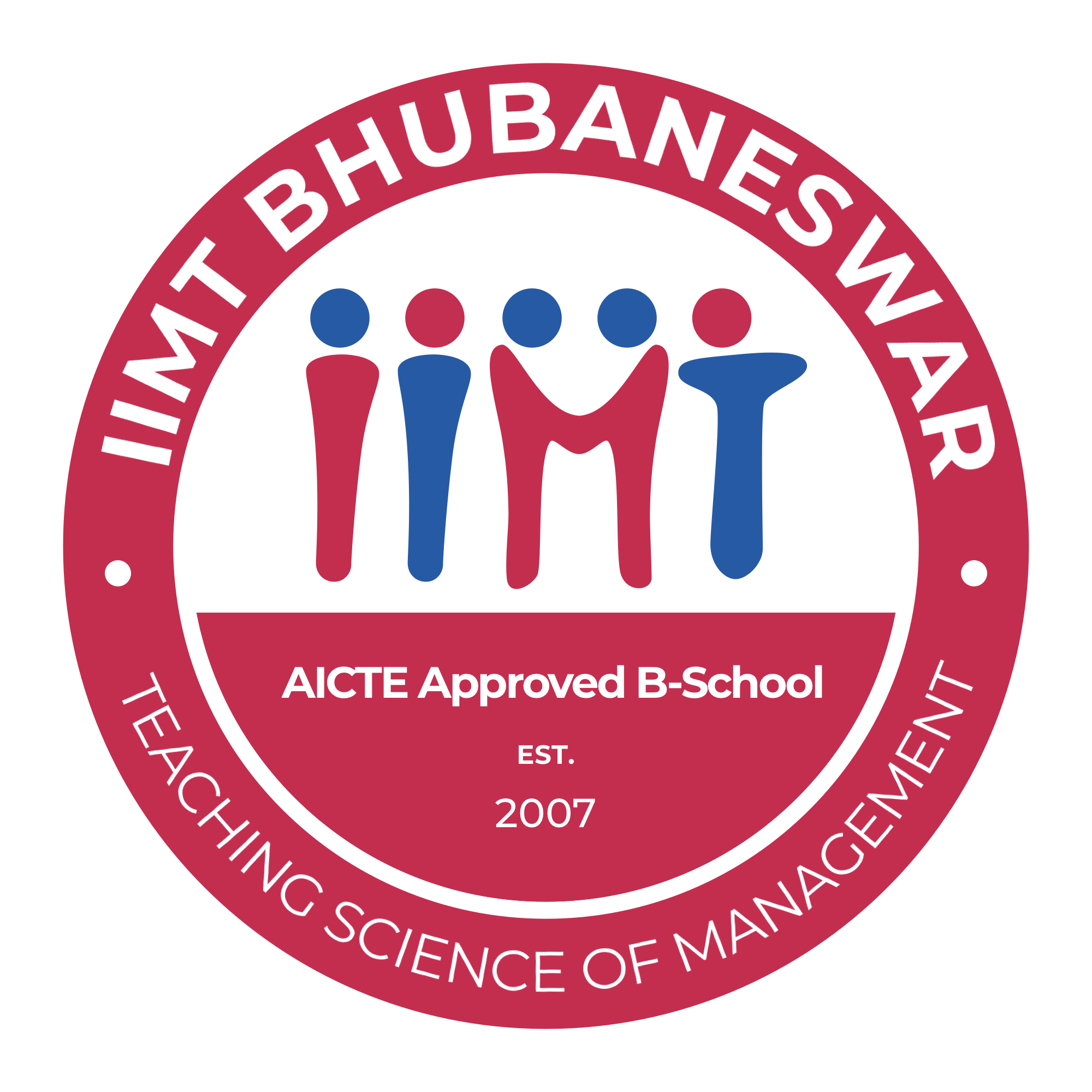International Journal of Computer Science and Informatics IJCSI
ISSN: 2231-5292

Abstracting and Indexing


IJCSI
NLP CHALLENGES FOR MACHINE TRANSLATION FROM ENGLISH TO INDIAN LANGUAGES
MALLAMMA V REDDY
Department of Computer Science and Applications, Jnanabharathi Campus, Bangalore University, Bangalore, INDIA
DR. M. HANUMANTHAPPA
N/A
Abstract
This Natural Langauge processing is carried particularly on English-Kannada/Telugu. Kannada is a language of India. The Kannada language has a classification of Dravidian, Southern, Tamil-Kannada, and Kannada. Regions Spoken: Kannada is also spoken in Karnataka, Andhra Pradesh, Tamil Nadu, and Maharashtra. Population: The total population of people who speak Kannada is 35,346,000, as of 1997. Alternate Name: Other names for Kannada are Kanarese, Canarese, Banglori, and Madrassi. Dialects: Some dialects of Kannada are Bijapur, Jeinu Kuruba, and Aine Kuruba. There are about 20 dialects and Badaga may be one. Kannada is the state language of Karnataka. About 9,000,000 people speak Kannada as a second language. The literacy rate for people who speak Kannada as a first language is about 60%, which is the same for those who speak Kannada as a second language (in India). Kannada was used in the Bible from 1831-2000. Statistical machine translation (SMT) is a machine translation paradigm where translations are generated on the basis of statistical models whose parameters are derived from the analysis of bilingual text corpora. The statistical approach contrasts with the rule-based approaches to machine translation as well as with example-based machine translation
Recommended Citation
[1] F. Och and H. Ney. (2003). A Systematic Comparison of Various Statistical Alignment Models. Computational Linguistics, 29(1):19-51 [2] P. Koehn, H. Hoang, A. Birch, C. Callison-Burch, M. Federico, N. Bertoldi, B. Cowan, W. Shen, C. Moran, RZens, C. Dyer, O. Bojar, A. Constantin, E. Herbst. 2007. Moses: Open Source Toolkit for Statistical Machine Translation. ACL 2007, Demonstration Session, Prague, Czech Republic [3] Q. Gao, S. Vogel, "Parallel Implementations of Word Alignment Tool", Software Engineering, Testing, and Quality Assurance for Natural Language Processing, pp. 49- 57, June, 2008 [4] Philipp Koehn, Franz Josef Och, Daniel Marcu: Statistical Phrase-Based Translation (2003) [5] W. J. Hutchins and H. Somers. (1992). An Introduction to Machine Translation, 18.3:322. ISBN 0-12-36280-X [6] Language Resource Development available at http://tdildc.in [7] Mallamma.V.Reddy,.Hanumanthappa.M, “Kannada and Telugu Native Languages to English Cross Language Information Retrieval" published in (IJCSIT) International Journal of Computer Science and Information Technologies, Vol. 2 (5) , Sep-Oct2011, page-1876-1880. IISN: 0975- 9646. [8] ITRANS. Indian Language Transliteration Package, Available at: www.aczone.com/itrans [9] STANFORD TAGGER. At http://nlp.stanford.edu/software/tagger.shtml [10] GIZA++ accessed from “http://www.fjoch.com/GIZA++.html” on 2011. [11] Article GIZA++ accessed from http://wiki.apertium.org/wiki/Using_GIZA%2B%2B on 2011. [12] http://www.fbi.h-da.de/organisation/personen/ harriehausenmuehlbauer-bettina.htm